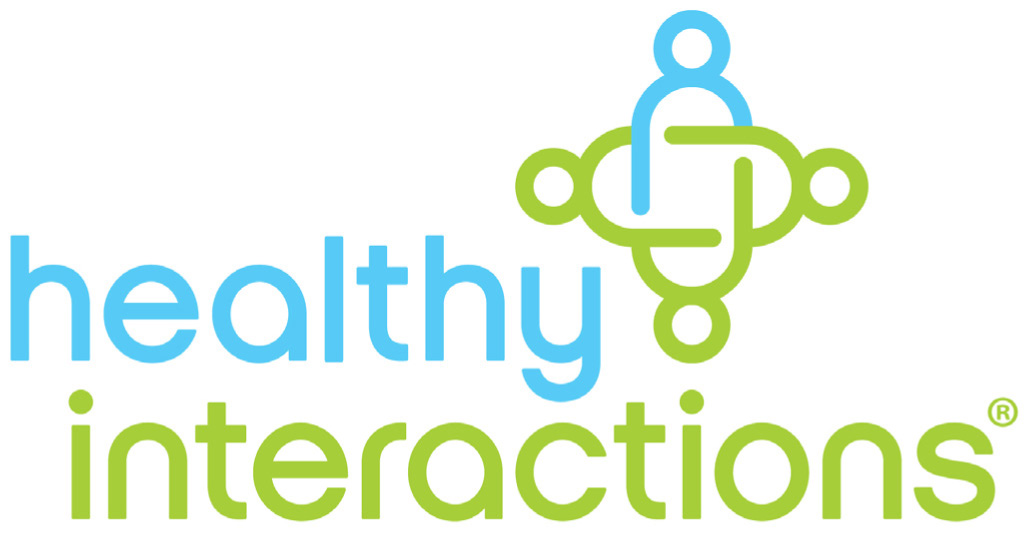Adherence to Self-Care Behavior and Glycemic Effects Using Structured Education
Taiwan • 2015
Attendance rate was 68.7% for at least two sessions of CM group; mean number of participants who actually attended CM group sessions = 8; over entire study period, CM PP had greater reduction in HbA1c than UC PP; statistical significance in A1c reduction for treatment group, for the ITT group compared to control, at 3 and 6 months (decreases of 0.59% and 1.13%, respectively, p<0.01); decrease at 9 and 12 months was not statistically significant (decreases of 0.43% and 0.49%, respectively); PP group A1c reduction significant change at 12 months (decrease of 0.67%); significant findings for the percentage of patients who achieved HbA1c < 7.0% and 6.5% (42% CM vs. 19% UC; p<0.01); those attending only one season saw an HbA1c reduction of 0.93% while those who attended more than two sessions saw a decrease of 1.90%; blood pressure and body weight did not show significant differences between CM and UC groups; CM group saw improvements in being active, problem solving, reducing risk, and health coping; in CM group, results of Perceived Diabetes Self-Management Scale showed significant improvement in attitude toward diabetes, noting improvement in positive attitude.
Yang, Y.S.; Wu, Y.C.; Lu, Y.L.; Kornelius, E.; Lin, Y.T.; Chen, Y.J.; Li, C.L.; Hsiao, H.W.; Peng, C.H.; Huang, C.N. Adherence to Self-Care Behavior and Glycemic Effects Using Structured Education. Journal of Diabetes Investigation, 2015; 1–8.
More Case Studies
